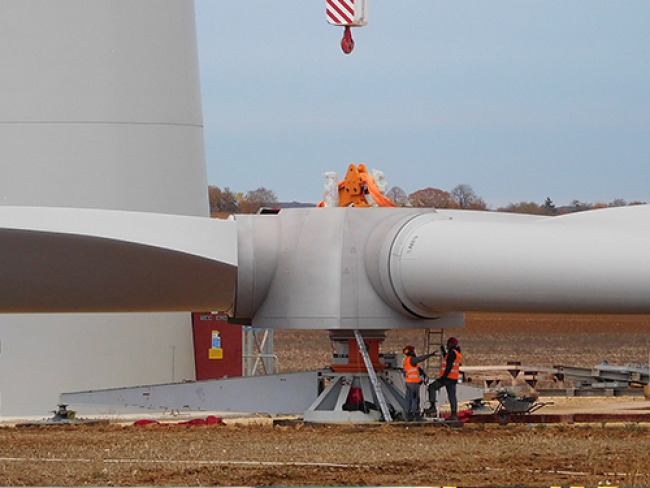Articles Menu

June 25, 2021
Canada is on track to add more than 200,000 clean energy jobs this decade, considerably more than 125,000 that will be lost in a declining fossil fuel industry, Clean Energy Canada concludes in an analysis released last week.
“Already, Canada’s clean energy sector employs 430,500 people—more than the entire real estate sector—and by 2030, that number is projected to grow almost 50% to 639,200,” writes [pdf] Executive Director Merran Smith, citing a modelling study the organization commissioned from Vancouver-based Navius Research. “At the same time, Canada’s fossil fuel sector will see a 9% drop in employment. In terms of raw numbers, those 208,700 new clean energy jobs far exceed the 125,800 lost in fossil fuels.”
The analysis of current federal climate policy, and of new measures introduced by the Trudeau government in December, shows clean energy GDP growing 58% by 2030, compared to just 9% for the fossil sector, Smith says. It hits C$95 billion under current policies, $107 billion under the government’s updated climate plan, titled A Healthy Environment and A Healthy Economy (HEHE).
“Beyond just renewable power, Canada’s clean energy sector is made up of companies and jobs that help reduce carbon pollution, whether by generating clean energy, helping move it, reducing energy consumption in transportation, buildings, and industry, or making low-carbon technologies,” she adds. “It includes a whole range of jobs, from the worker assembling battery packs for new electric buses to the insulator retrofitting homes so they waste less energy.”
Between 2020 and 2030, Clean Energy Canada’s detailed job estimates for HEHE include:
• Electric vehicles and EV battery production surging from 7,094 to 183,963 positions;
• Energy efficiency increasing from 83,899 to 110,568;
• Public transit declining from 118,242 to 100,138;
• Hydropower falling from 78,499 to 69,252;
• Hydrogen production and consumption rising from 7,452 to 24,156;
• Wind and solar rising from 8,630 to 18,631;
• Nuclear jobs, which the analysis includes under the heading of clean energy supply, down from 20,076 to 14,774;
• Bioenergy down slightly from 5,614 to 5,406.
“While most industries in Canada’s clean energy sector are forecast to grow, one in particular stands out,” the report states. “Jobs in electric vehicle technology are on track to grow 39% per year, with 184,000 people set to be employed in the industry in 2030—a 26-fold increase over 2020.”
Ontario is on track for the largest number of clean energy jobs, at 220,700, an increase of 43.3% between 2020 and 2030, followed by 158,800 in Quebec and 109,300 in British Columbia. Alberta sees the highest percentage increase, at 164.4%, for a total of 71,700 jobs.
The report stresses the need for a just, practical transition out of fossil fuel employment—and points to Canada’s failure so far to get that transition organized.
“Preparing for the shift now helps ensure that workers facing job losses are able to smoothly transition into new fields, whether it’s the clean energy sector or other employment areas,” it states. “Measures are under way elsewhere in the world to address this: the EU recently approved a €17.5-billion fund to help coal-dependent regions shift to clean energy, for example.”
Canada, however, “is currently lacking a plan for transitioning and preparing its labour force for the growing opportunity.”
[Top photo: Cjp24/Wikimedia Commons]